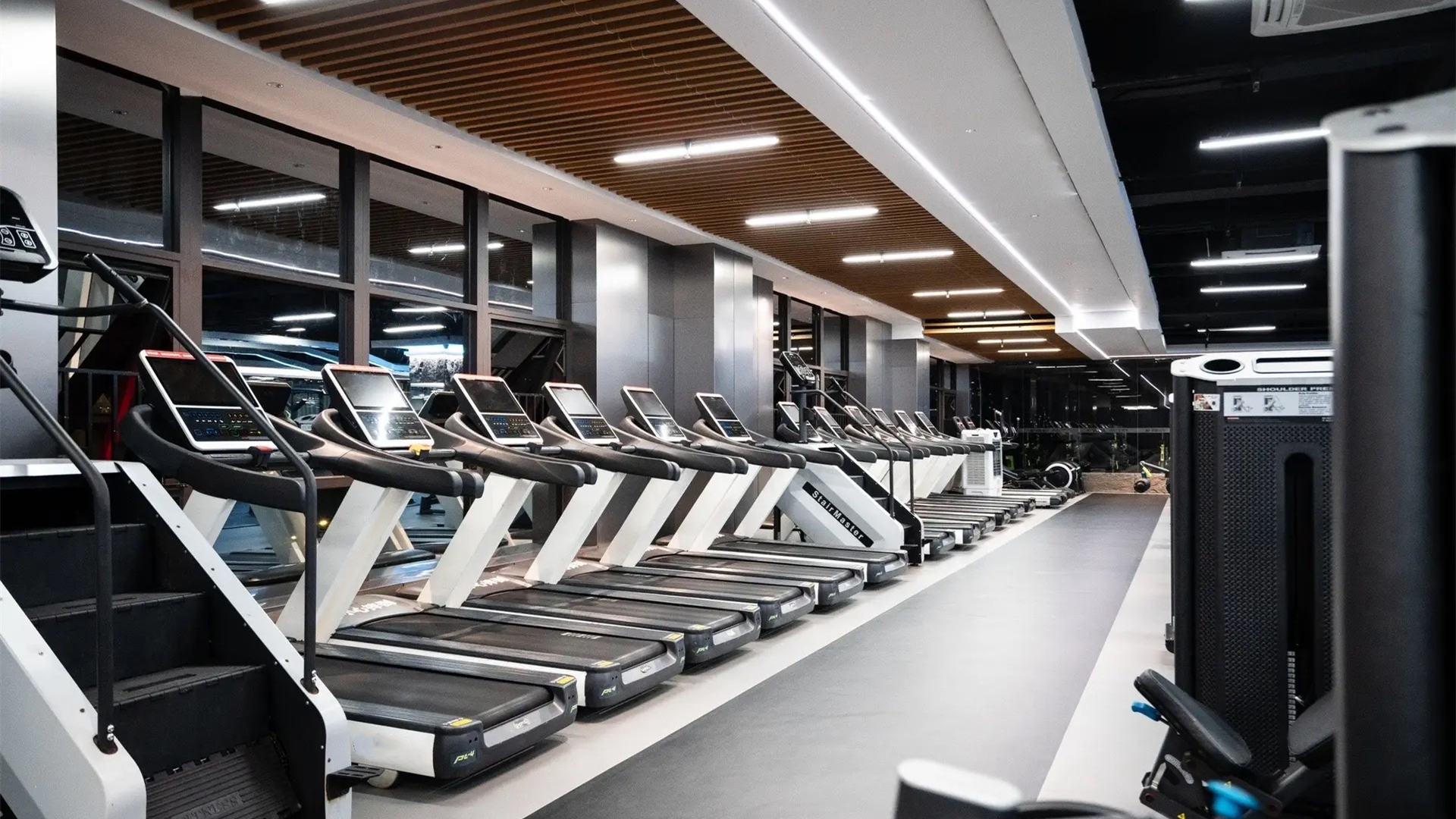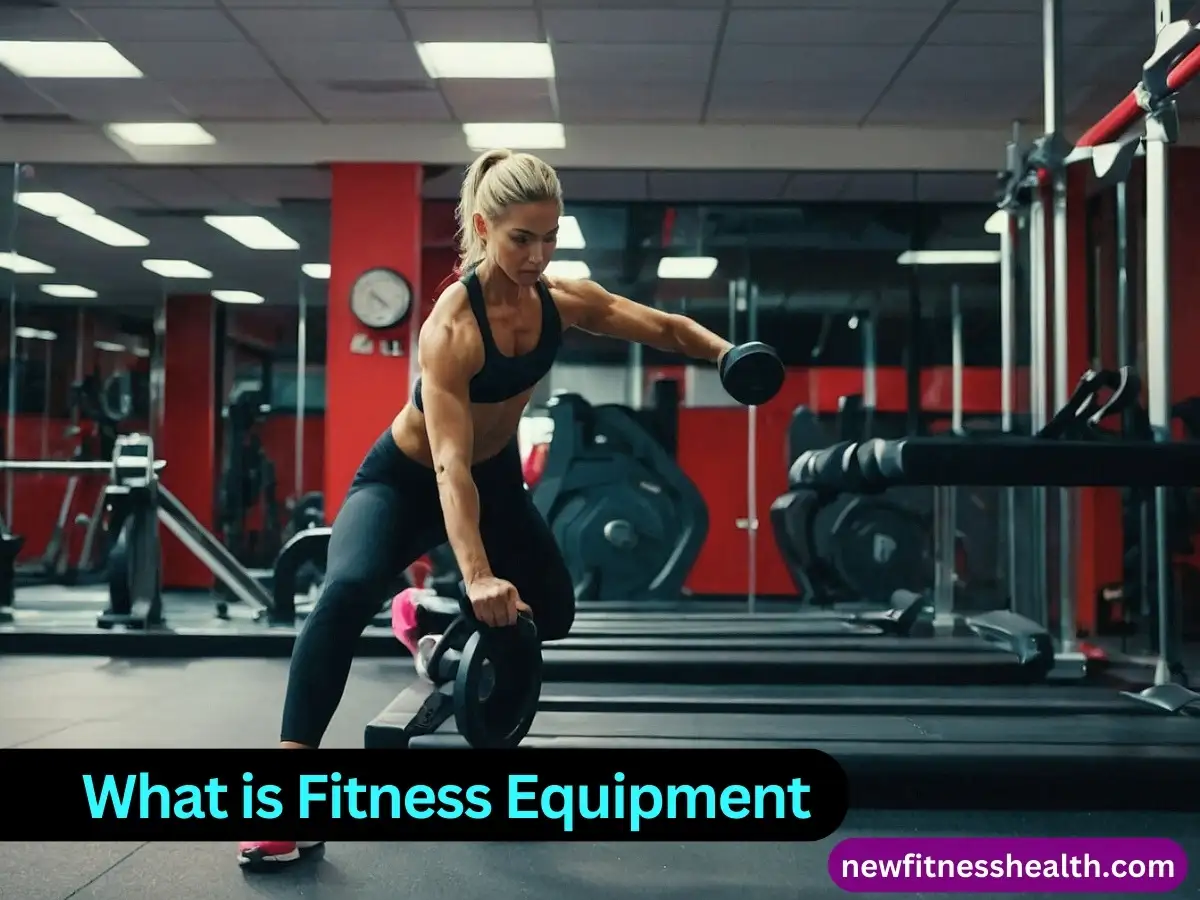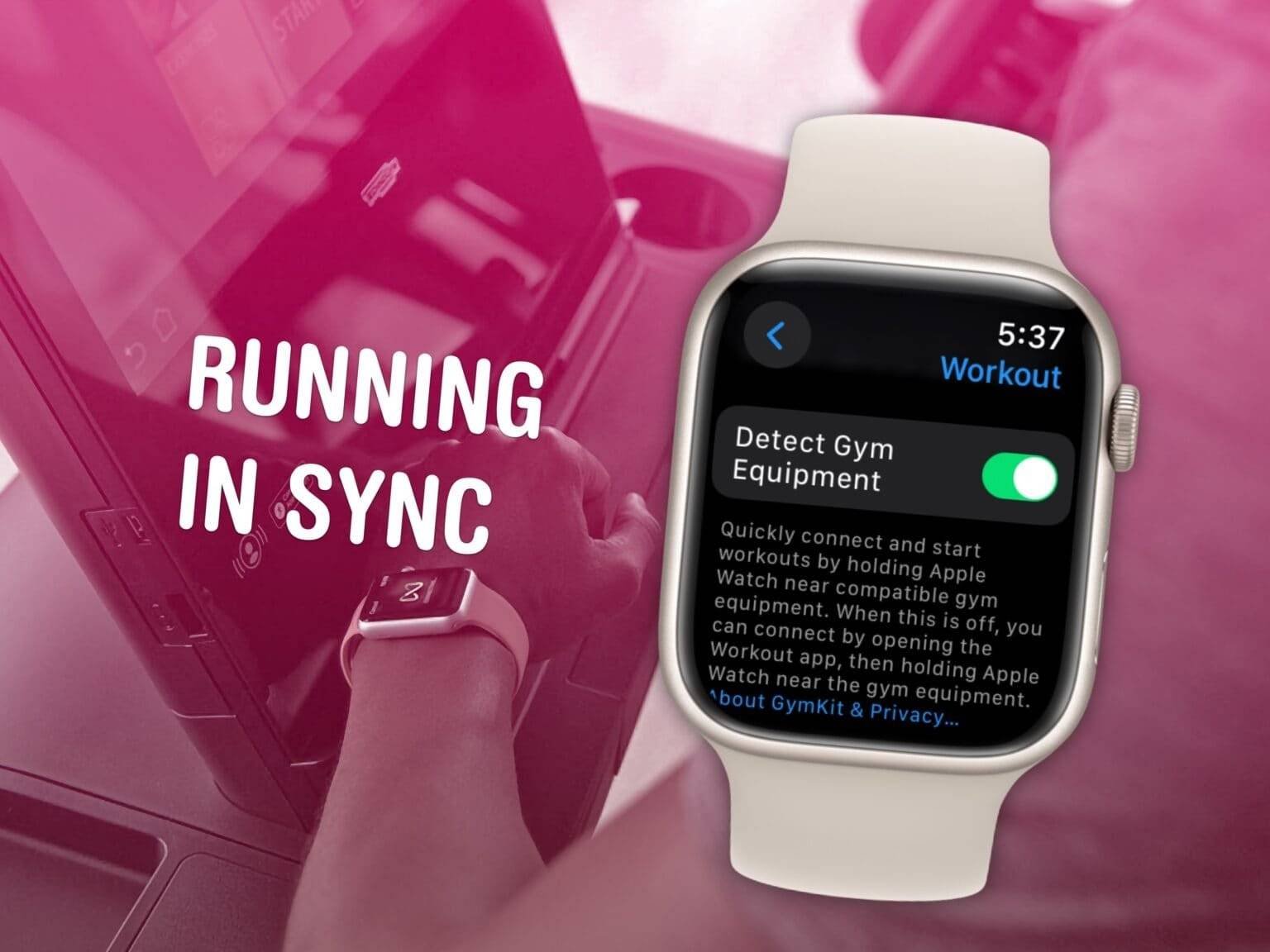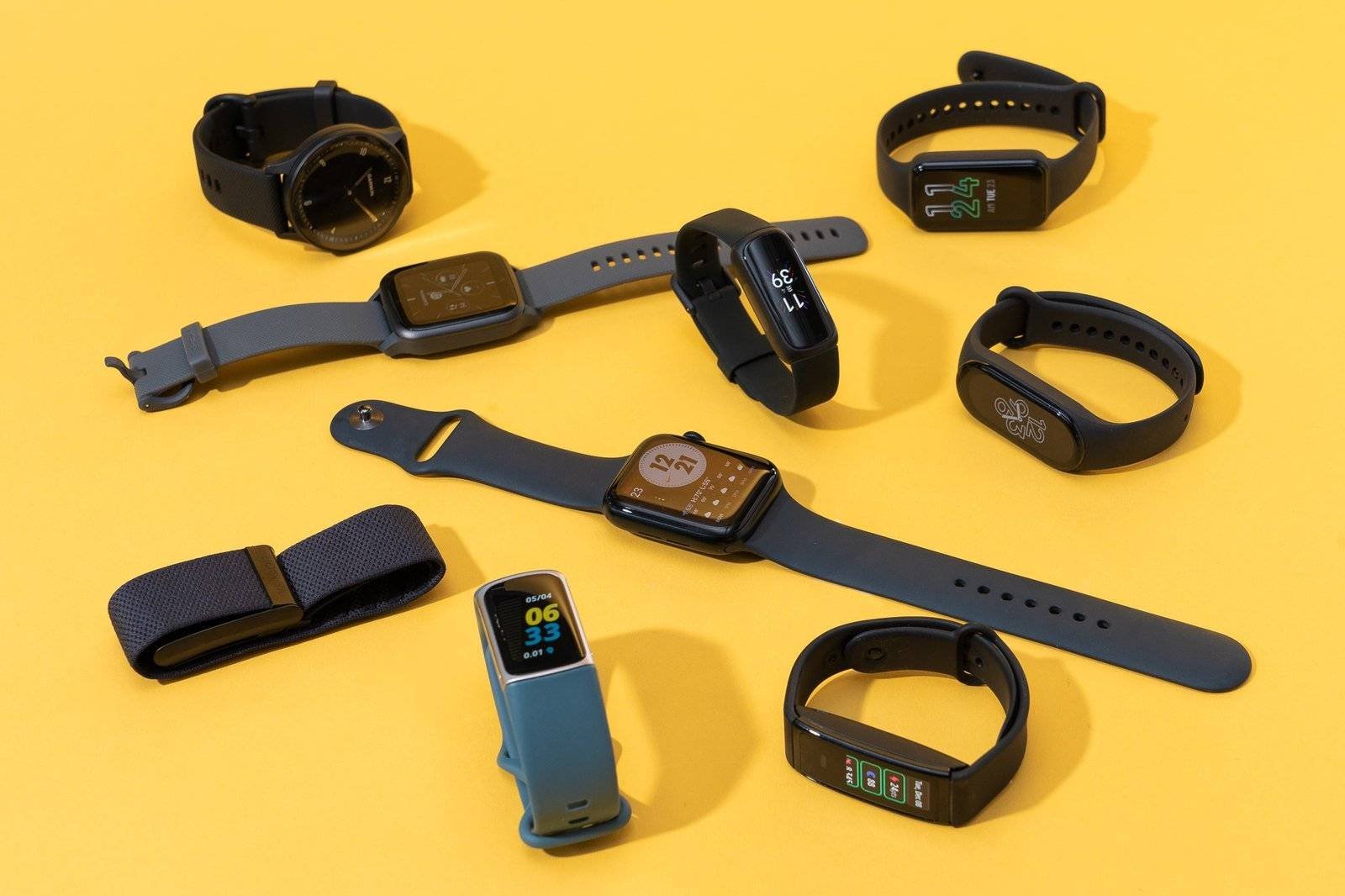To import fitness equipment, research suppliers and ensure compliance with local regulations. Follow shipping and customs procedures carefully.
Importing fitness equipment involves several critical steps. First, identify reliable suppliers with quality products. Research their reputation and product reviews. Next, ensure compliance with your country’s import regulations, including safety and quality standards. This step is crucial to avoid legal issues.
Obtain necessary permits and certifications, if required. Coordinate with a logistics company experienced in international shipping. They will handle transportation and customs clearance. Be aware of import duties and taxes, which vary by region. By following these steps, you can successfully import fitness equipment and meet market demand.
Introduction To Importing Fitness Equipment
Importing fitness equipment can be a great way to access high-quality products. It opens up a world of options that might not be available locally. Whether you’re a gym owner or a fitness enthusiast, importing can meet your specific needs.
Why Import Fitness Equipment?
Fitness equipment from different countries offers unique benefits. Some countries specialize in certain types of equipment. This means you can get the best products available.
Imported equipment often features the latest technology. This can give you an edge over local competitors. You can also find exclusive brands that aren’t available in your country.
Costs can be lower when you import. Some countries offer high-quality equipment at lower prices. This can save you money in the long run.
Key Benefits
- Variety: Access a wider range of equipment.
- Quality: Find high-quality, durable products.
- Cost-Effective: Save money on premium equipment.
- Technology: Get the latest fitness innovations.
| Benefit | Description |
|---|---|
| Variety | Access to a wide range of products. |
| Quality | High-quality, durable equipment. |
| Cost-Effective | Save money on premium items. |
| Technology | Latest fitness innovations. |

Credit: www.ganasgym.com
Understanding The Fitness Equipment Market
The fitness equipment market has grown rapidly in recent years. More people are investing in home gyms and fitness centers. This makes understanding the market crucial for importing equipment successfully.
Current Trends
The fitness industry is driven by several key trends. Wearable technology and smart fitness equipment are becoming popular. Functional fitness training equipment, like kettlebells and resistance bands, are in high demand. Eco-friendly and sustainable products are gaining attention too. By staying informed about these trends, you can make better import choices.
Choosing The Right Equipment
Choosing the right fitness equipment is essential for meeting market demands. Here are some factors to consider:
- Quality: Ensure the equipment is durable and reliable.
- Cost: Balance between price and quality to stay competitive.
- Brand Reputation: Choose brands known for their quality and innovation.
- Target Audience: Know your customers’ preferences and needs.
Research these factors thoroughly to make informed decisions.
| Criteria | Considerations |
|---|---|
| Quality | Look for durable and reliable products. |
| Cost | Find a balance between price and quality. |
| Brand Reputation | Opt for well-known and trusted brands. |
| Target Audience | Understand your customers’ needs and preferences. |
Follow these steps to ensure you import the best fitness equipment. Stay updated with market trends and customer preferences for success.
Legal Considerations And Compliance
Importing fitness equipment can be a profitable venture. Yet, it requires careful attention to legal considerations and compliance. Adhering to regulations ensures smooth operations and avoids penalties. Below, we discuss key areas to focus on.
Import Regulations
Import regulations vary by country. It’s vital to understand these rules.
First, identify the Harmonized System (HS) codes. These codes classify goods for customs. They determine tariff rates and restrictions.
Next, check if the equipment needs an import license. Some countries require special permits for certain items.
Also, be aware of anti-dumping laws. These laws protect domestic industries from unfair competition. Violating them can lead to heavy fines.
Safety Standards And Certifications
Fitness equipment must meet safety standards. Each country has its own regulations.
Ensure products have the necessary certifications. Common certifications include:
- CE Marking for European countries
- FCC Certification for the USA
- CCC Certification for China
These certifications confirm the product’s safety and quality.
Additionally, check for any recalls or bans on specific items. Importing banned items can lead to severe consequences.
Understanding these legal considerations and compliance aspects helps in a seamless import process. It ensures your business remains lawful and competitive.

Credit: www.mndfitnessequip.com
Finding Reliable Suppliers
Importing fitness equipment can be challenging. The first step is to find reliable suppliers. This ensures the equipment is high-quality and delivered on time.
Sourcing Globally
Sourcing fitness equipment globally opens up many options. Different countries specialize in different types of equipment. China is known for affordable options. Germany is famous for high-quality machinery.
Use online platforms like Alibaba or Global Sources. These platforms list many suppliers. Visit trade shows to meet suppliers face-to-face. Look for certifications like ISO to ensure quality.
| Country | Specialty |
|---|---|
| China | Affordable options |
| Germany | High-quality machinery |
| USA | Innovative designs |
Vetting Suppliers
Vetting suppliers is crucial. Check their credentials and past performance. Read reviews from other buyers. Look for any negative feedback.
- Check business licenses and certifications.
- Ask for samples to test quality.
- Request references from previous clients.
Establish communication early. This helps understand their responsiveness and reliability. Use secure payment methods to protect your investment.
- Check their track record.
- Request a video call to verify their setup.
- Visit their factory if possible.
Build a relationship with your supplier. This ensures better cooperation and smoother transactions in the future.
Logistics Of Importing Fitness Equipment
Importing fitness equipment involves several steps. Understanding the logistics is crucial. Efficient logistics ensure timely delivery and cost-effectiveness. Here, we break down the process into manageable parts.
Shipping Options
Choosing the right shipping option is essential. You can opt for sea freight, air freight, or land transport. Each option has its pros and cons.
- Sea Freight is cost-effective for large shipments. It takes longer but saves money.
- Air Freight is fast but more expensive. Ideal for urgent deliveries.
- Land Transport is useful for neighboring countries. It combines speed and cost-efficiency.
Customs Clearance
Customs clearance is a critical step. Proper documentation is necessary. Missing papers can cause delays or fines.
| Document | Description |
|---|---|
| Bill of Lading | Proof of shipment |
| Commercial Invoice | Details of the transaction |
| Packing List | Inventory of shipped items |
Work with a customs broker. They know the laws and can help speed up the process.
Cost Management And Budgeting
Importing fitness equipment can be costly. Proper cost management and budgeting are essential. They ensure you don’t overspend and maintain profitability. Let’s explore how to manage these costs effectively.
Calculating Import Costs
Understand all costs involved in importing fitness equipment. This includes purchase price, shipping fees, and customs duties.
- Purchase Price: The cost of the equipment itself.
- Shipping Fees: Charges for transporting goods from the seller to your location.
- Customs Duties: Taxes imposed by the government on imported goods.
Consider additional expenses like insurance and storage fees. Here’s a breakdown:
| Cost Component | Estimated Cost |
|---|---|
| Purchase Price | $1,000 |
| Shipping Fees | $200 |
| Customs Duties | $150 |
| Insurance | $50 |
| Storage Fees | $100 |
Saving On Expenses
Look for ways to reduce costs. Here are some strategies:
- Bulk Purchasing: Buy in larger quantities to get discounts.
- Negotiate Shipping Rates: Work with multiple carriers to find the best rate.
- Choose the Right Incoterms: Understand Incoterms to manage shipping costs better.
Consider local suppliers if possible. This can save on shipping and customs duties. Use a reliable freight forwarder to avoid hidden fees.
Marketing Imported Fitness Equipment
Marketing imported fitness equipment requires a clear strategy. You must understand your market and employ effective marketing tactics. Below, we explore key aspects to ensure your success.
Identifying Your Target Market
Knowing your target market is crucial. Create detailed buyer personas to guide your strategy. Consider factors such as:
- Age
- Gender
- Fitness Level
- Income
- Geographic Location
Use surveys and analytics to gather data. Analyze competitors to refine your market segment. Understanding your target market ensures better engagement and sales.
Effective Marketing Strategies
Implementing effective marketing strategies is key. Here are some tactics:
| Strategy | Description |
|---|---|
| Social Media Marketing | Use platforms like Instagram and Facebook. Share engaging content and promotions. |
| Influencer Partnerships | Collaborate with fitness influencers. They can promote your equipment to their followers. |
| Email Campaigns | Send newsletters and special offers. Keep your audience informed and engaged. |
| Content Marketing | Create blog posts and videos. Educate your audience about the benefits of your equipment. |
Effective marketing strategies drive awareness and sales. Use a mix of tactics to reach a wider audience.
Challenges And Solutions
Importing fitness equipment can be a complex process. Understanding the challenges and finding solutions is crucial. This section will address common issues and provide actionable solutions. Let’s dive into the most common obstacles and how to overcome them.
Common Importing Issues
There are many common importing issues that businesses face:
- Customs delays
- High shipping costs
- Quality control problems
- Language barriers
- Regulatory compliance
Customs delays can occur due to incomplete documentation. Shipping costs can be unpredictable. Quality control is essential for customer satisfaction. Language barriers can cause misunderstandings. Regulatory compliance ensures legal importation.
Overcoming Obstacles
To overcome these obstacles, consider the following solutions:
- Ensure all documentation is complete and accurate.
- Choose reputable shipping companies.
- Conduct regular quality inspections.
- Hire a translator or learn basic phrases.
- Stay updated on import regulations.
Ensuring complete documentation can prevent customs delays. Reputable shipping companies offer reliable services. Regular quality inspections can catch defects early. Hiring a translator can ease communication. Staying updated on regulations ensures compliance.
Here is a table summarizing the challenges and solutions:
| Challenge | Solution |
|---|---|
| Customs delays | Complete documentation |
| High shipping costs | Reputable shipping companies |
| Quality control problems | Regular inspections |
| Language barriers | Hire a translator |
| Regulatory compliance | Stay updated on regulations |

Credit: juyuan-fitness.en.made-in-china.com
Frequently Asked Questions
How To Import Fitness Equipment Easily?
Research suppliers, understand regulations, and work with a reliable customs broker for a smooth import process.
What Are The Import Duties On Fitness Equipment?
Import duties vary by country and product classification. Check your local customs website for accurate rates.
How To Find Reliable Fitness Equipment Suppliers?
Use online directories, attend trade shows, and request samples to evaluate the quality and reliability of suppliers.
What Documents Are Needed For Importing Fitness Equipment?
Common documents include a commercial invoice, packing list, bill of lading, and any necessary import licenses or permits.
How To Ensure Quality When Importing Fitness Equipment?
Request certifications, conduct inspections, and test samples before finalizing your order to ensure quality standards are met.
Conclusion
Successfully importing fitness equipment can enhance your business. Follow the steps outlined to ensure a smooth process. Research thoroughly, comply with regulations, and choose reliable suppliers. This will help you provide high-quality equipment to your customers. Start importing today and elevate your fitness offerings.

















